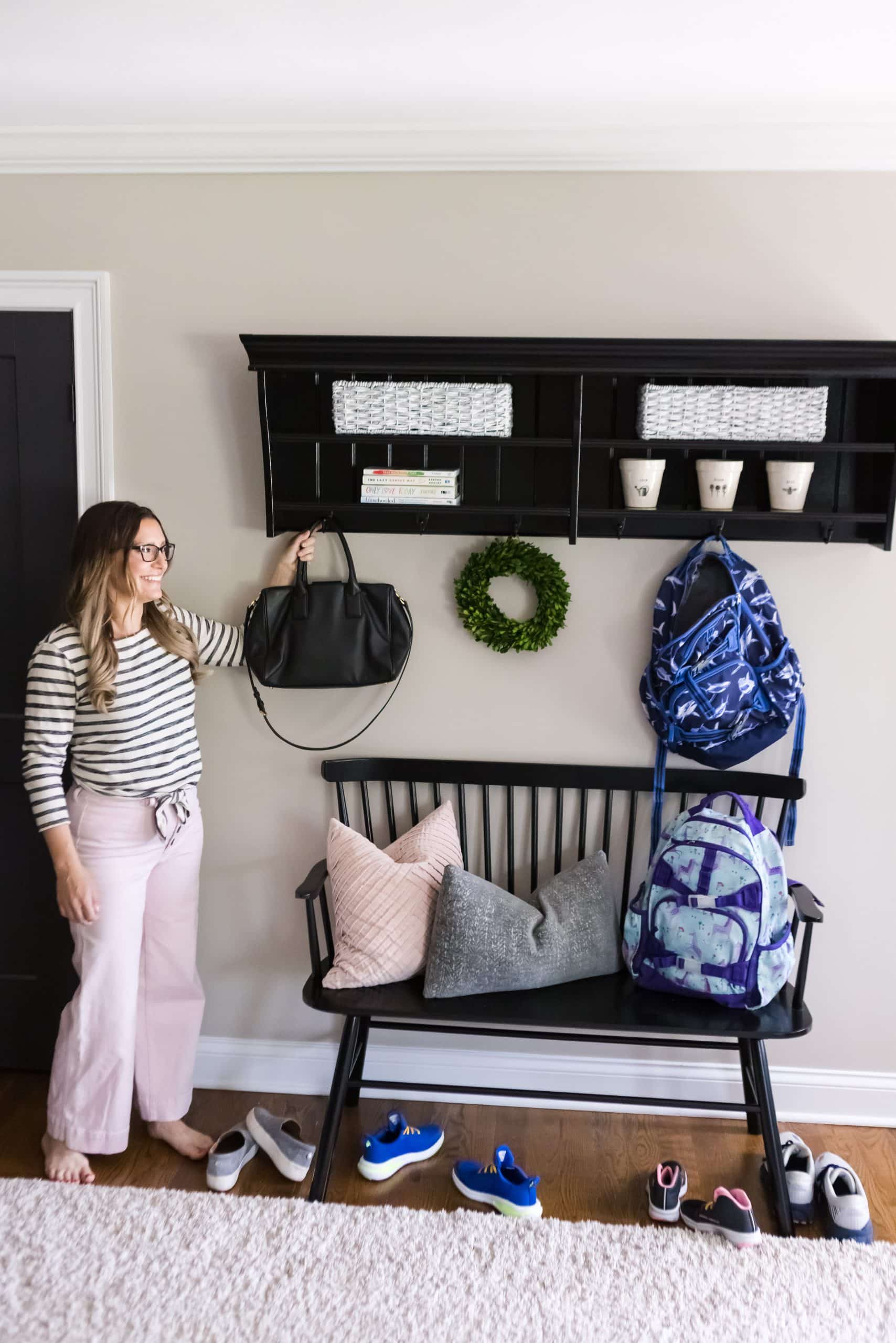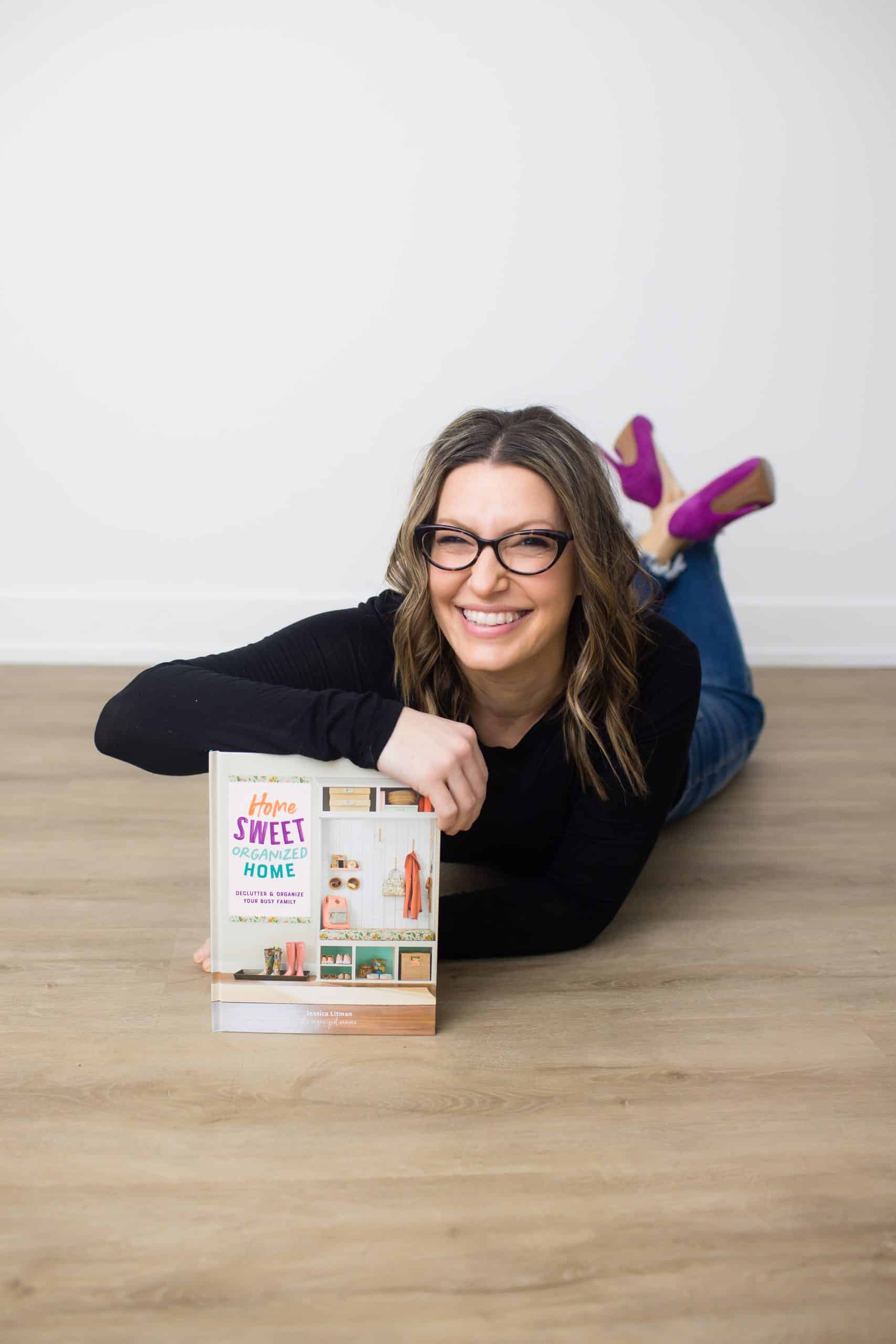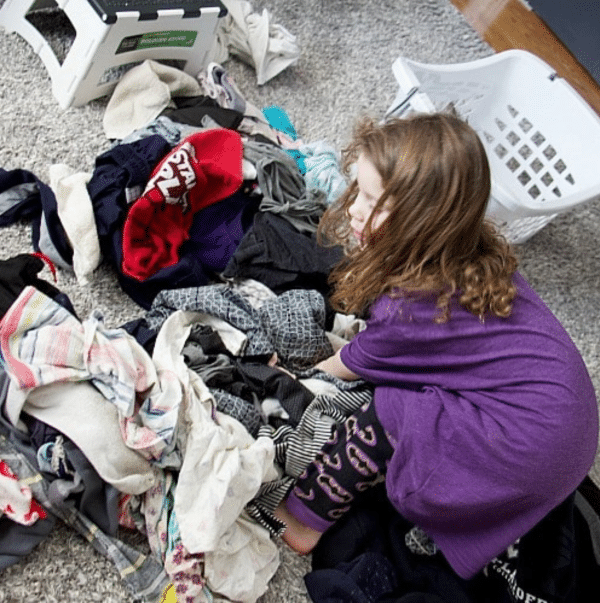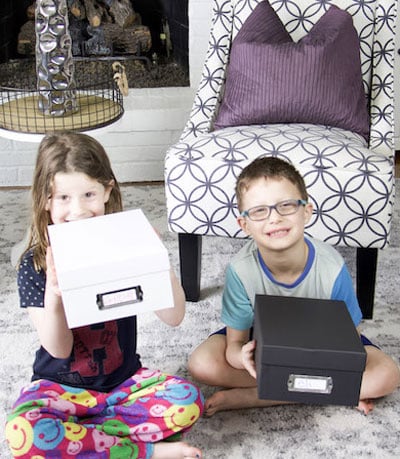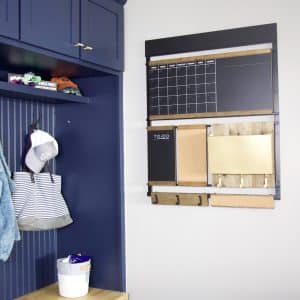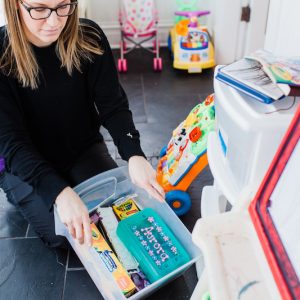If you’re tired of feeling overwhelmed by the clutter in your small space, then it’s time to try small-scale decluttering.
With these 5 simple steps, you can clear the clutter in no time and create a more organized and peaceful environment.
Using our step-by-step guide, you will learn how to identify clutter hotspots, set manageable goals, prioritize your tasks, and efficiently tackle each area of your home.
We will also provide you with practical tips and tricks to make the decluttering process as smooth and stress-free as possible.
Say goodbye to clutter and hello to a more organized and serene living space. Get ready to take charge of your small-scale decluttering journey with these 5 simple steps.
Benefits of small-scale decluttering
Decluttering your home can have a significant impact on your mental and physical well-being.
However, the thought of tackling a large decluttering project can be overwhelming, especially if you have a busy schedule or limited time.
This is where micro-decluttering comes in. It offers several benefits that make it an attractive option for those who want to clear the clutter without feeling overwhelmed.
Firstly, micro-decluttering allows you to focus on small-scale tasks that can be completed in a short amount of time.
This makes it easier to fit decluttering into your daily routine, whether it’s during your lunch break or in the evening after work.
By breaking down the decluttering process into manageable tasks, you can make progress without feeling exhausted or discouraged.
Secondly, micro-decluttering helps you build momentum.
Completing small tasks gives you a sense of accomplishment and motivates you to continue decluttering. This positive reinforcement can be a powerful tool in maintaining your decluttering efforts over time.
Lastly, micro-decluttering helps you develop long-term decluttering habits.
By incorporating small decluttering tasks into your daily or weekly routine, you can prevent clutter from accumulating in the first place.
This proactive approach to decluttering ensures that your living space remains organized and clutter-free in the long run.
The psychology behind small-scale decluttering
Before diving into the practical steps of micro-decluttering, it’s important to understand the psychology behind this approach.
The key to successful decluttering lies in changing your mindset and developing new habits.
Micro-decluttering is rooted in the principles of minimalism, which emphasize the importance of living with intention and only keeping what adds value to your life.
By focusing on small-scale decluttering tasks, you can gradually shift your mindset and develop a more minimalist approach to your belongings.
This approach encourages you to question the necessity and usefulness of each item, helping you let go of things that no longer serve a purpose.
Over time, this shift in mindset can lead to a more intentional and clutter-free lifestyle.
Additionally, micro-decluttering can have a positive impact on your mental well-being.
Clutter has been linked to increased stress levels, decreased productivity, and a lack of focus.
By clearing the clutter in your home, you create a more peaceful and organized environment that can help reduce stress and promote a sense of calm.
Step 1: Setting decluttering goals and priorities
The first step in micro-decluttering is to set clear decluttering goals and priorities.
This will help you stay focused and motivated throughout the process.
Start by identifying the areas in your home that need the most attention. These could be clutter hotspots such as your closet, kitchen counters, or desk.
Once you have identified the areas you want to tackle, set specific goals for each area. For example, your goal for your closet might be to declutter and organize your clothes and accessories.
Break down each goal into smaller, manageable tasks that can be completed in a short amount of time. This will make the decluttering process less overwhelming and more achievable.
Next, prioritize your decluttering tasks based on urgency and importance.
Consider which areas are causing you the most stress or hindering your daily routine.
By tackling these areas first, you can experience immediate benefits and stay motivated to continue decluttering.
Remember, the key is to start small and build momentum.
Focus on one area at a time and celebrate your accomplishments along the way. Each small step forward will bring you closer to a clutter-free home.
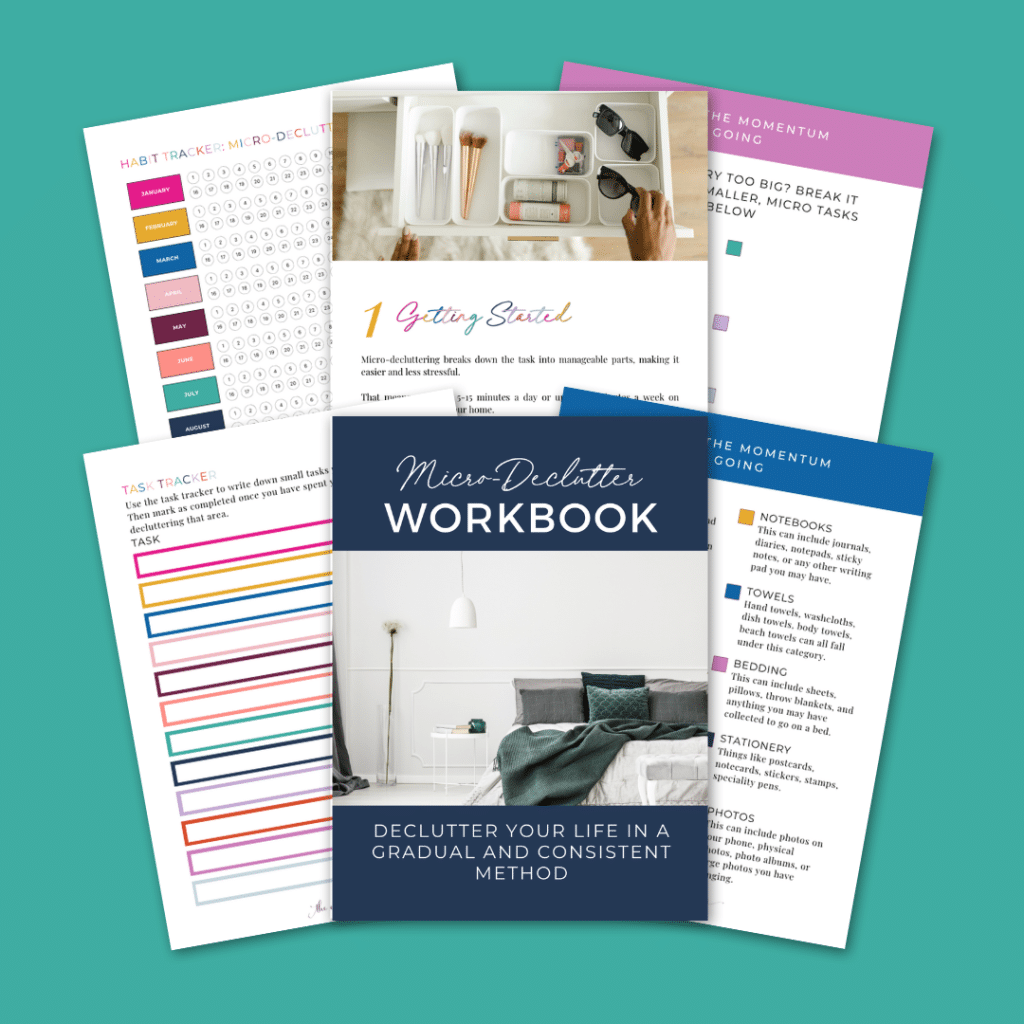
Micro-Declutter Workbook
Unlock the power of micro-decluttering with our comprehensive workbook designed to revolutionize your approach to tidying up.
Packed with practical insights and actionable steps, this workbook is your go-to resource for creating lasting habits that make decluttering a breeze.
Step 2: Creating a decluttering schedule
Now that you have set your goals and priorities, it’s time to create a decluttering schedule. This will help you stay organized and ensure that you make consistent progress.
Start by determining how much time you can dedicate to decluttering each day or week.
Be realistic and consider your other commitments.
It’s better to start with a small amount of time that you can commit to consistently rather than overwhelming yourself with long decluttering sessions that you can’t sustain.
Once you have decided on the frequency and duration of your decluttering sessions, create a schedule that works for you.
This could be a daily, weekly, or monthly schedule, depending on your availability and the urgency of your decluttering goals. I help with this in the micro-declutter workbook where you create a habit you want to set regarding decluttering.
Stick to your schedule as much as possible, but also be flexible. Life happens, and it’s important to be kind to yourself if you need to adjust your plans.
The key is to make decluttering a regular part of your routine, even if it’s just for a few minutes each day.
Step 3: Sorting and categorizing your belongings
Sorting and categorizing your belongings is a crucial step in the decluttering process. It allows you to make more informed decisions about what to keep, donate, or discard.
Start by gathering all the items in the area you are decluttering. This could be your clothes, kitchen utensils, or paperwork, for example.
Once you have everything in one place, begin sorting them into categories. This could include categories such as “keep,” “donate,” “sell,” or “trash.”
As you sort through each item, ask yourself the following questions:
– Do I use this item regularly?
– Does it bring me joy or add value to my life?
– Can I easily replace it if needed?
– Does it fit my current lifestyle or needs?
Be honest with yourself and avoid holding onto items out of guilt or obligation.
Remember, the goal is to create a clutter-free environment that reflects your current needs and priorities.
Step 4: Decision-making techniques for decluttering
Making decisions about what to keep, donate, or discard can be challenging. To make this process easier, consider using decision-making techniques that either involve speed or piles.
To use the speed technique, start by setting a timer. Hold up an item and decide in that moment keep or trash. Move onto the next. By using speed to make quick decisions, you are able to remove unwanted items quickly.
The piles technique starts with you create five piles:
- Keep
- Donate
- Sell
- Trash
- Maybe
The keep pile means you want to hold onto that item. Donate means you will give to someone or some organization.
Sell means you will set a timeframe to sell an item and if it doesn’t sell by that date, you will donate. Trash is garbage.
And maybe is a pile that you will go back to once you have sorted all the other items into piles. Sometimes items that go into the maybe pile are things you may have forgotten you have or duplicates of items.
Go back through the maybe pile a second time and only allow yourself to keep, donate, sell, or trash the items in that pile.
Remember, decluttering is a personal journey, and there is no right or wrong way to do it.
Find a decision-making technique that resonates with you and helps you make choices that align with your values and goals.

Declutter Without Regret eBook
After a declutter project, do you regret parting with items? Learn the system to Declutter Without Regret. The Declutter Without Regret eBook will help you remove the uncertainty around decluttering with a clear system to follow.
This easy-to-follow ebook walks you through the process to parting with things without remorse or regret.
Step 5: Maintaining a clutter-free space
Congratulations! You have successfully decluttered your small space. Now it’s time to focus on maintaining a clutter-free environment.
To prevent clutter from accumulating again, it’s important to establish new habits and systems.
Start by finding a designated place for each item and make it a habit to put things back where they belong after using them.
Regularly declutter and reevaluate your belongings to ensure that you are only keeping what you truly need and love.
Consider implementing a “one in, one out” rule, where you commit to getting rid of one item whenever you bring a new one into your home. This will help you maintain a balanced and clutter-free space in the long run.
Lastly, be mindful of your shopping habits. Before making a purchase, ask yourself if the item is truly necessary and if it aligns with your values and goals.
By being intentional about what you bring into your home, you can prevent clutter from reappearing.
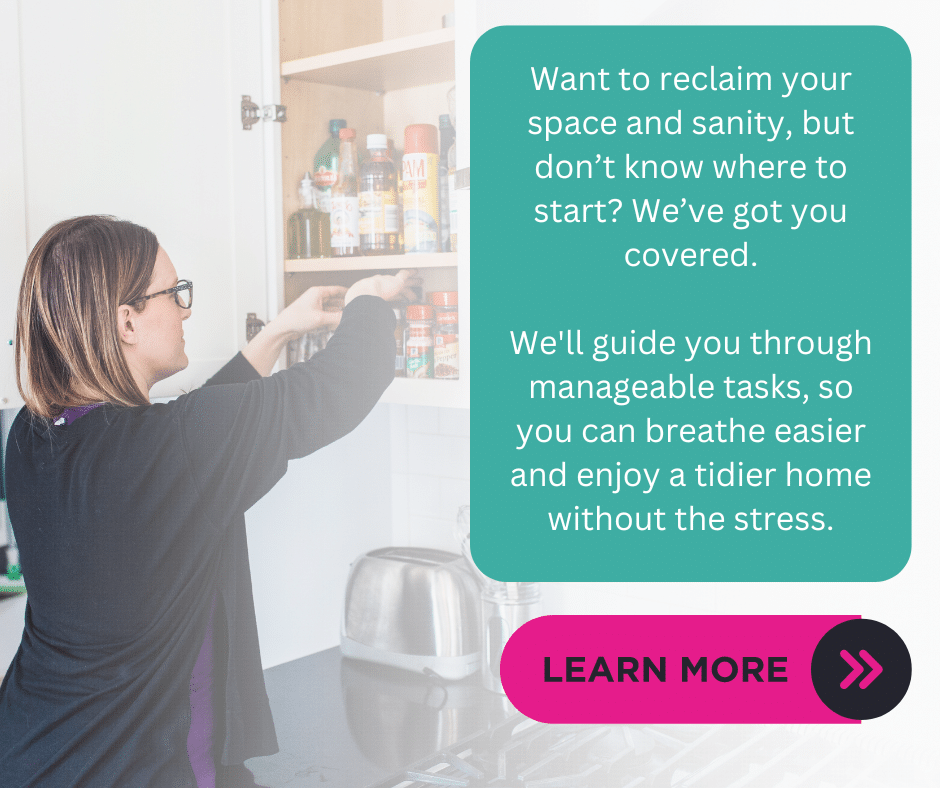
Common challenges of small-scale decluttering
Decluttering can come with its fair share of challenges.
Here are some common challenges you may face and tips to overcome them:
– Sentimental attachment: It can be difficult to let go of items that hold sentimental value. Read tips on Best Solutions For Parting With Sentimental Items.
– Decision paralysis: Sometimes it’s hard to make decisions about what to keep or discard. Read tips on How to Conquer Decision Fatigue.
– Lack of motivation: Decluttering can feel overwhelming, especially if you have a lot of stuff. Read tips on Declutter Motivation: Streamline Your Decluttering Journey.
– Fear of letting go: We often hold onto items because of fear or uncertainty. Read tips on How Do You Declutter When Everything Is Sentimental?
Remember, decluttering is a journey, not a one-time event. Be patient with yourself and celebrate your progress, no matter how small.
Every step forward brings you closer to a clutter-free and more intentional lifestyle.
Small-Scale Decluttering
Small-scale decluttering is a powerful tool for clearing the clutter in your small space.
By breaking down the decluttering process into small-scale tasks, you can make progress even with a busy schedule.
Remember to set clear goals and priorities, create a decluttering schedule that works for you, sort and categorize your belongings, make informed decisions about what to keep or discard, and establish new habits to maintain a clutter-free environment.
Overcome common challenges by being mindful of sentimental attachments, setting time limits for decisions, staying motivated, and embracing the benefits of living with less.
Say goodbye to clutter and hello to a more intentional and peaceful lifestyle. Start your micro-decluttering journey today and enjoy the benefits of a clutter-free space.


